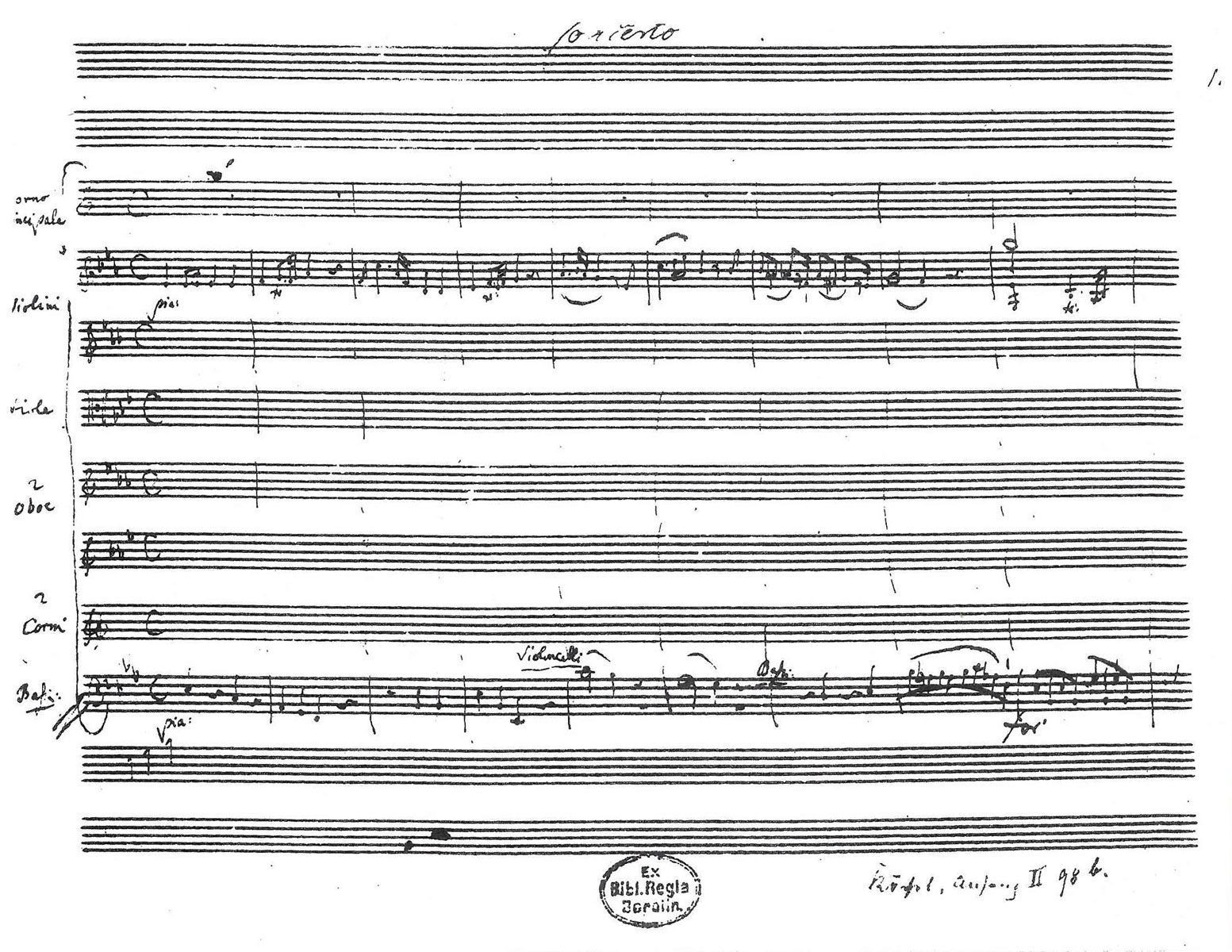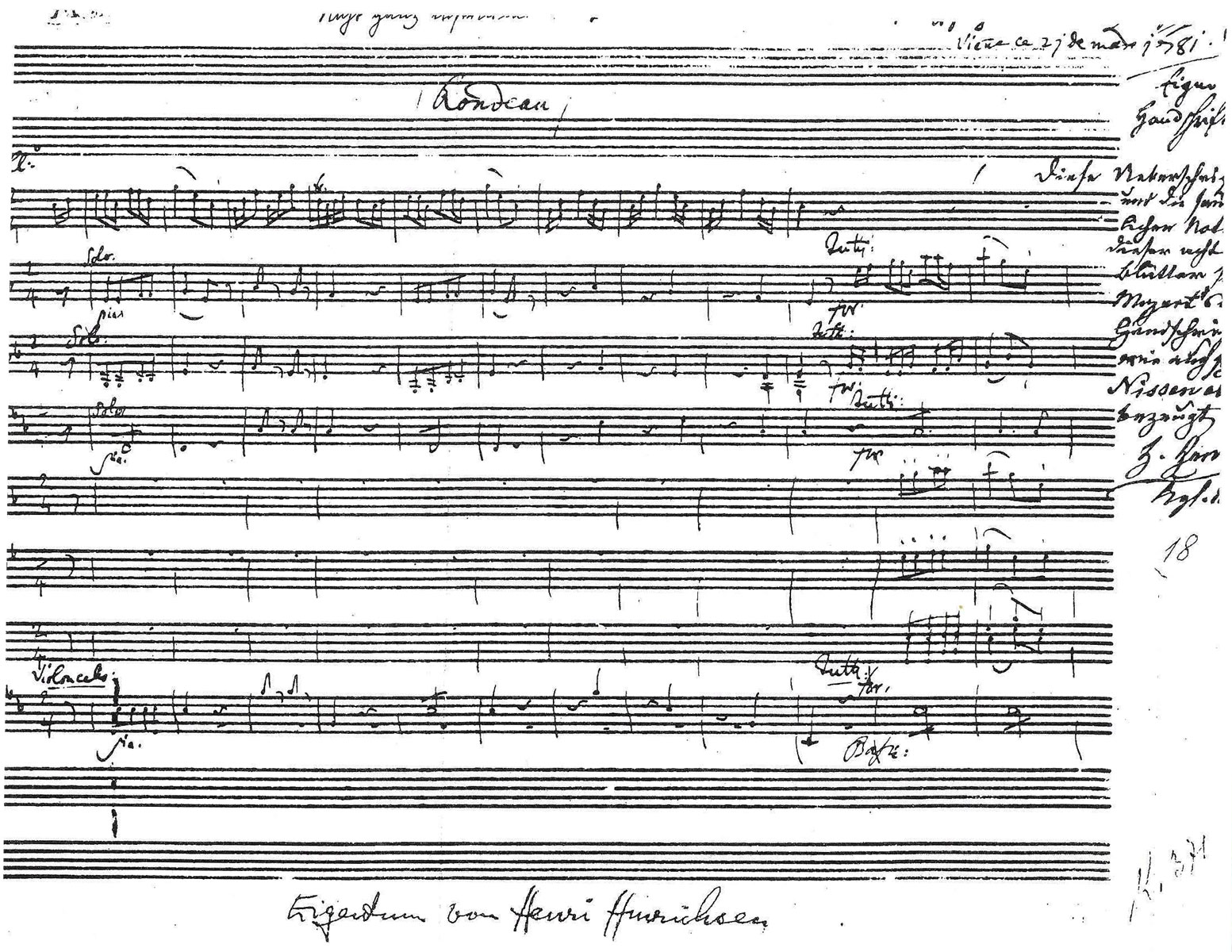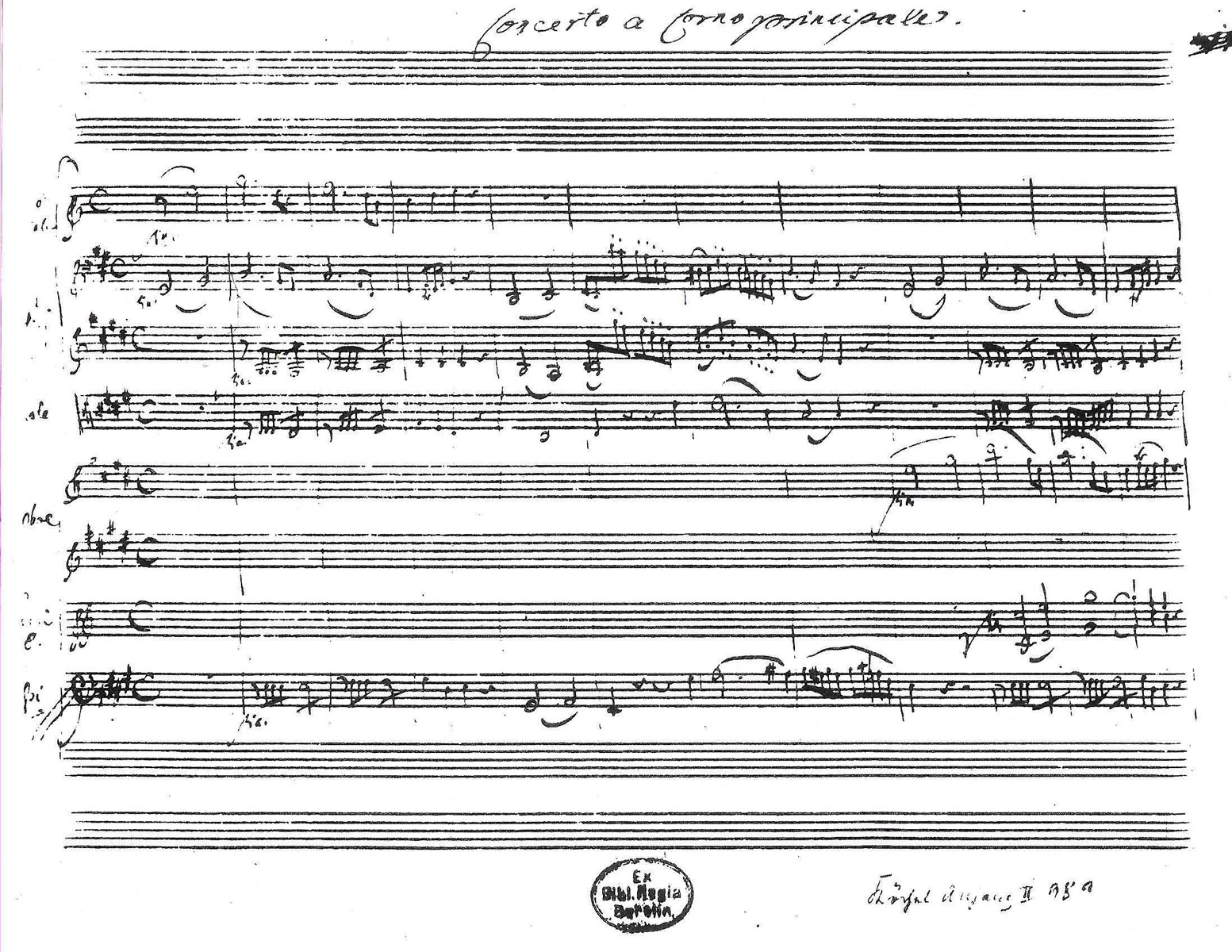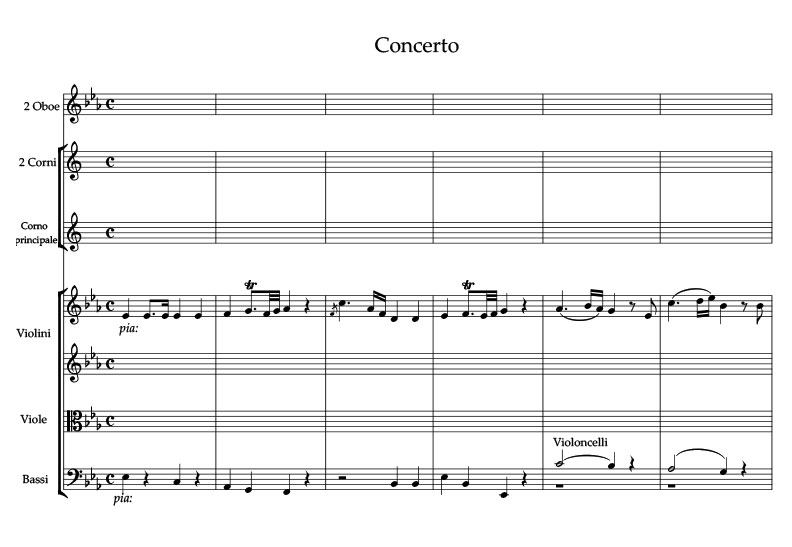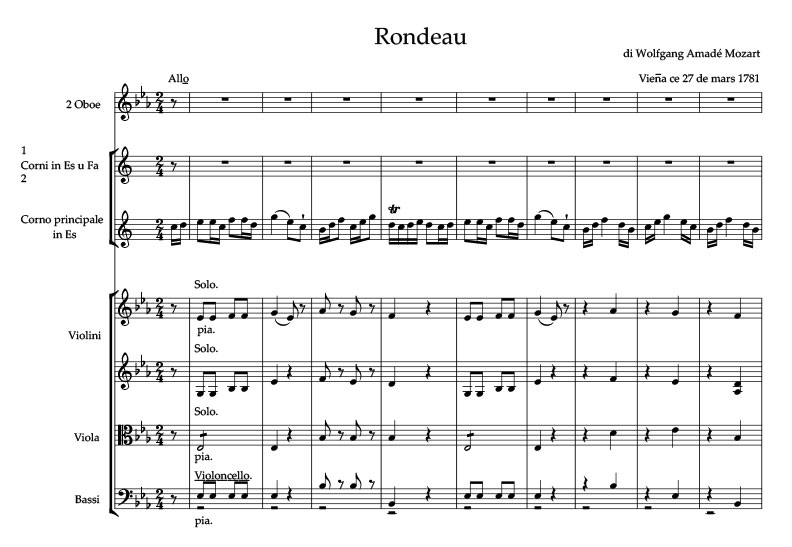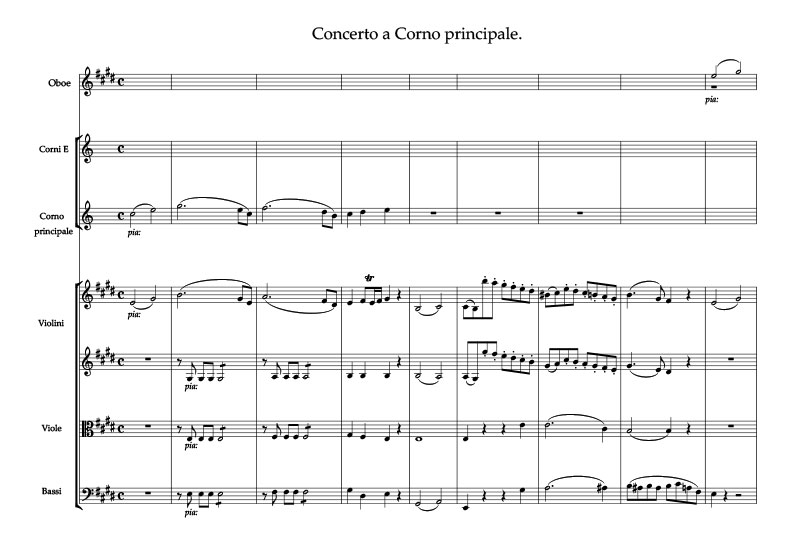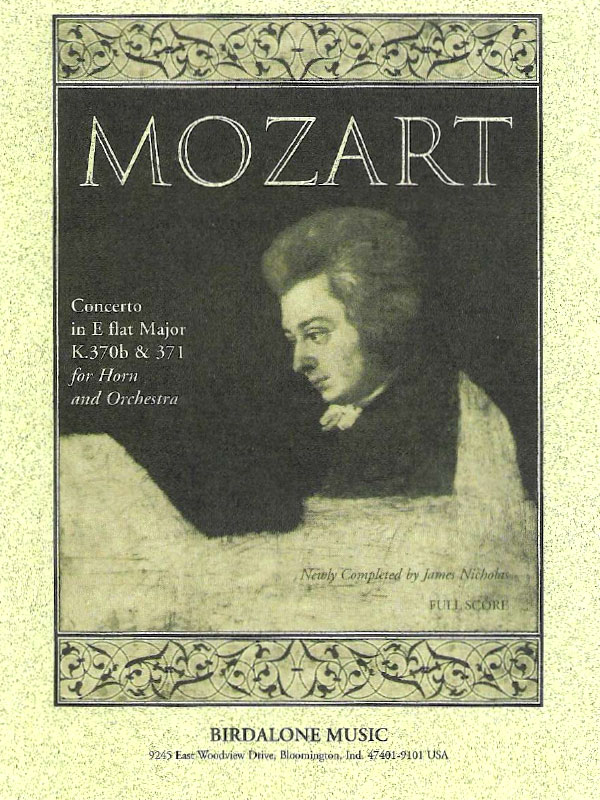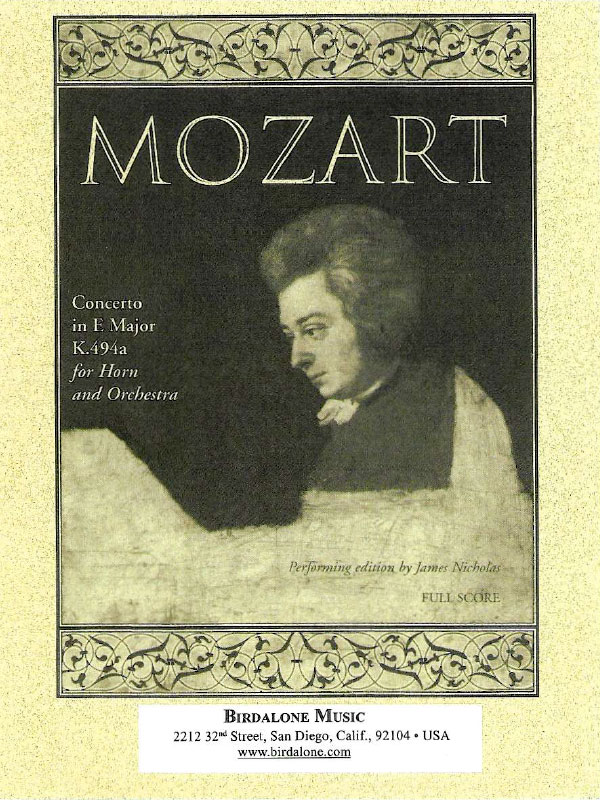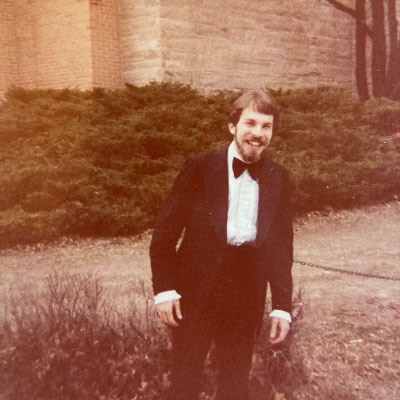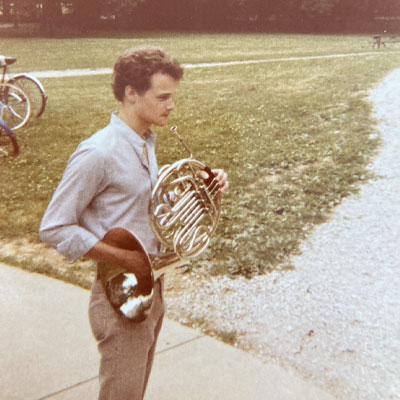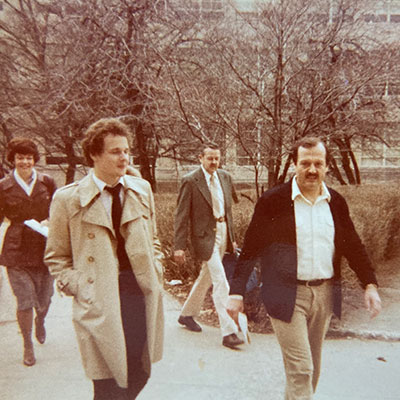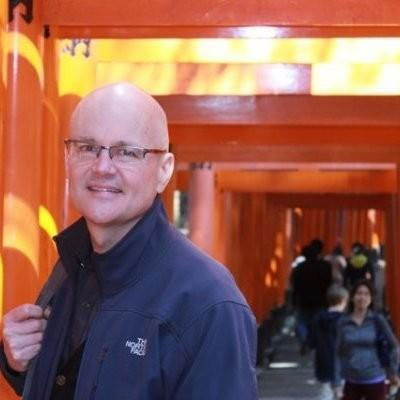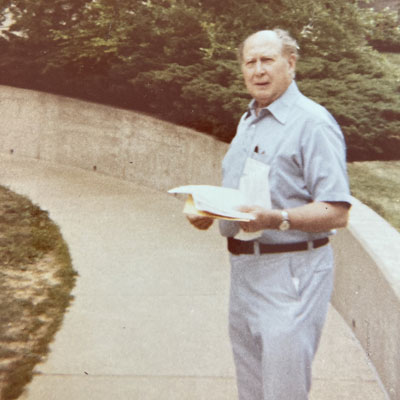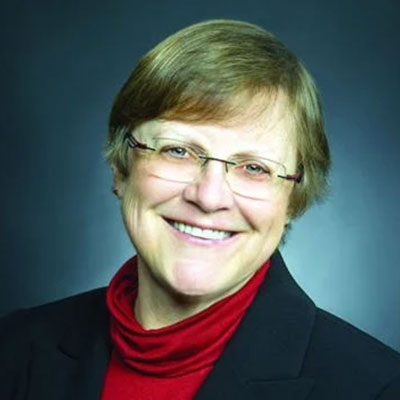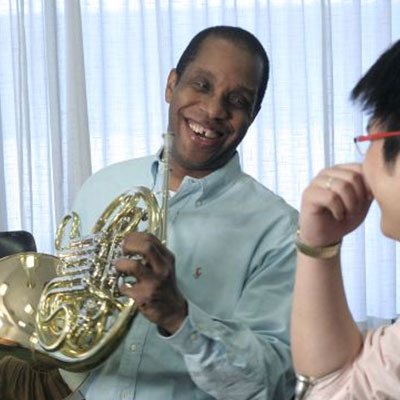The Mozart Project
The Mozart Project
Reconstructions, orchestrations, and completions of the fragments.
“It is a tribute to his work that one cannot tell where Mozart leaves off and he begins.”
– Christopher Leuba, reviewing the original versions in The Horn Call, 1981
Scores
Click here to view a score of the sketch of K370b.
Click here to view a score of the intact sketch of the Rondeau K371, including the previously missing 60 bars.
Click here to view a score of the fragment K494a.
The Andante of the Quintet K.407, arranged as a potential 2nd movement of the reconstructed concerto K.370b+371
The Quintet for horn, violin, two violas, and cello dates from the fall of 1782, approximately a year and a half after the sketches for the Allegro, K.370b and the Rondeau, K.371. As there exists no sketch for a middle movement of this unfinished concerto, one might consider using this orchestral arrangement of the middle movement of the Quintet to create a complete standard three-movement work.
Cadenzas for the concerti
K.447 and K.495
Mozart’s own cadenzas to a number of piano concerti* and the Sinfonia concertante for violin and viola, K.364, have been preserved, and they are paragons of what a cadenza for a High Classical piece should be. A bit of analysis will make clear the principles according to which he approached their composition.
“First, do no harm”. Mozart’s cadenzas are the final, satisfying ornamental fillip for a first or last movement. They enhance, provide a bit of additional commentary, surprise and delight us while remaining concise. In other words, we never suffer in silence waiting for them to be over with.
- They never comprise more than approximately ten percent of the movement proper.
- Rarely do they begin by quoting a principal theme. If they do, it is only a fragment of a couple of measures (K.414, 453, rondo of K.595) which he uses as a springboard for improvisation.
- More often, Mozart will begin with a few bars from the opening tutti (K.271, 450, rondo of K.459), or touch briefly on a secondary theme (middle of the cadenza of K. 415). In the first movement cadenza of K.459, he briefly references both the principal and secondary themes, but only momentarily; the third movement cadenza begins with a brief quotation of the fugue subject; toward the end a witty progression makes use of the rhythm of the principal theme without stating it outright.
- Sometimes, he will begin with some non-thematic passagework (K.488, first movement of K.595)
- He does not modulate. He does make use of secondary dominant and diminished chords to temporarily tonicize the subdominant or submediant, for example, but these diversions are very fleeting (3rd movement cadenza of K.595). Exception: The first-movement cadenza of K.271 in E-flat major, in which he does briefly but definitely modulate to C-flat major.
- There is generally some sort of brilliant or whimsical wrap-up. This may be an extended chromatic scale (K.488, first movement of K.595), or we may be teased with suggestions of the final trill (last movement of K.595).
Note that it is not Mozart’s custom to place a fermata on the 6/4 chord preceding the cadenza, and therefore there is no need to precede this with a ritardando. In the case of the horn concerti K.447 and 495, in fact, an unmotivated ritardando necessitates a very awkward and laborious slowing down of the sixteenth-note motion and also destroys the inherent energy and excitement.
*K.271, 414, 415, 449, 450, 451, 453, 456, 459, 488, 595, and the Rondo in D major, K.382.
K.447
Click here to view cadenzas for K.447
Cadenza 1
Cadenza 2
Cadenza 3
K.495
Click here to view cadenzas for K.495
Cadenza 1
Cadenza 2
Cadenza 3
Hornist Dominic Hayes performs the Rondeau, K.371
with the chamber ensemble of the Michigan Philharmonic, conducted by Nan Washburn, December 12, 2024
My thanks to:
Mark Questad, faithful friend and (not discernable from the photo!) comic genius, was the soloist in the first version of the E-flat major concerto in March, 1981. With perfect understanding of the subtle nuances common to both Mozart’s horn music and his comic operas, he played with both virtuosity and wit.
The legendary Philip Farkas, principal hornist of the Chicago Symphony Orchestra under Fritz Reiner and renowned pedagogue, at the 1980 IHS Workshop. Professor Farkas gave me constant encouragement during my student days and it was he who suggested that I undertake the completion of the Mozart sketches. The E-flat concerto K. 370b + 371 is respectfully dedicated to his memory.
Side note: “Farkas” (FAR-kash) means “wolf” in Hungarian.
Rebecca Root, then principal hornist of the Rochester Philharmonic, gave the first public performance of the earlier version of K.370b + 371 at Callaway Gardens, Atlanta, Georgia, in 1984 under the baton of Victoria Bond.
That concert was in honor of former president Jimmy Carter, who, according to Ms. Bond, was delighted both by the new concerto and by Ms. Root’s performance.
